Fundamentally, design is an interplay between users and technology. Almost always, this relationship is a one-way street where the technology has to be adapted, or softened, or explained, or packaged in such a way that any user can immediately understand and wield it. Note that we’re using technology in the broadest possible sense here, meaning any tool whatsoever, low tech or high tech, digital or physical. Hammers have sculpted areas that show where to most efficiently grip them for swinging, digital UIs have tiered menu structures and virtual buttons that prevent information complexity from overwhelming the user. However, sometimes that one-way relationship can reverse direction, and the user becomes the thing that is influenced by the technology. As it turns out, people’s behaviors are highly elastic, and design can be a very effective tool for modifying some of life’s toughest behavioral challenges. Whether trying to quit smoking, eat healthier, improve punctuality, improve food and drug safety, or improve environmental mindfulness, clever designers are exploring ways to tackle these challenges via the design of the object itself. The key is that the object has to already be intimately involved in the activity, which then through design provides a subtle hand on the scale that tips the user’s behavior to something more desirable. For example, the Don’t concept is an ashtray that visually “cancels” out the cigarette. Or the ETE concept, which is a plate with visual portion control cues. Or the Coke Share concept, which is a split-able Coke can to share with friends. Honda’s Insight display glows a lovely green when you’re driving at peak efficiency (gentle acceleration and braking). All of these examples could easily be a smartphone app (or your mother/wife) that reminds you: “Hey, don’t smoke that! Don’t eat that! Slow down! Don’t be late! Share with your friends! Quit playing XBOX!”….but can you imagine how quickly you’d want to smash your mobile device (or the aforementioned relatives)? When tackling sensitive or embarrassing behaviors, there is a strong tendency to “shoot the messenger”. Obviously, having the behavioral nudge associated directly with the passive objects themselves would be much more effective, as well as less persistently annoying. Many of these behaviors are truly difficult to try to counteract, just look at the size of the multi-billion dollar diet and fitness industries. So now can you throw not only money and time at a behavioral problem, but design as well. I know if my XBOX controller got slightly hotter with each passing minute, until I had to drop it steaming on the floor like a red-hot brick of charcoal, and then me flapping around the house yelping in pain, my wife would not disapprove.
For related trends, also check out Exaggerated Affordances and Informational Graphics

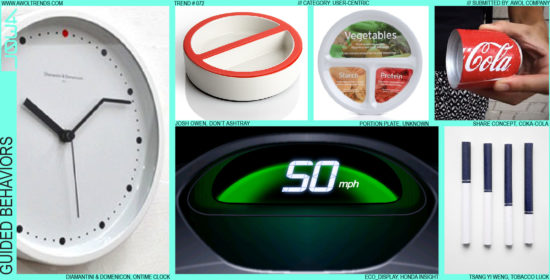
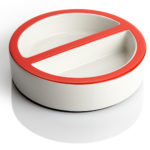
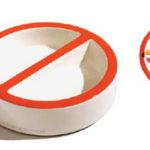



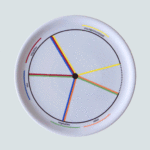
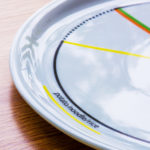


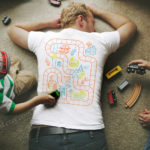





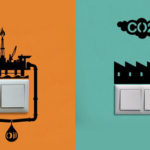

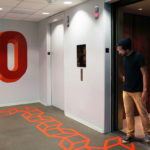


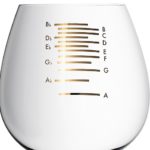
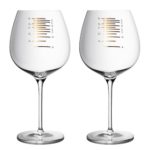
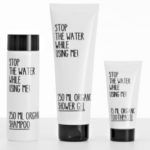
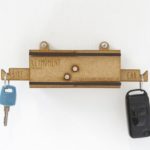
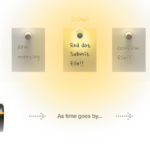




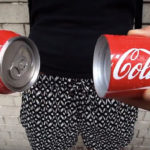


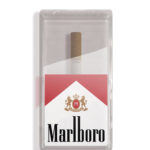

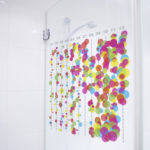


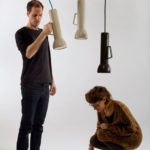
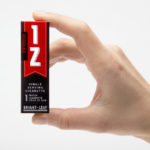

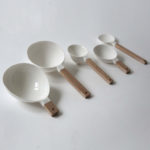

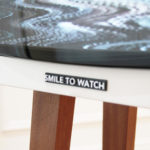
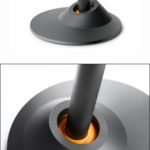
Love this idea….design can influence people in subtle ways. Maybe we can apply to our elections!
Actually design has been applied to our elections already, just in very subtle (and some not-so-subtle) ways…